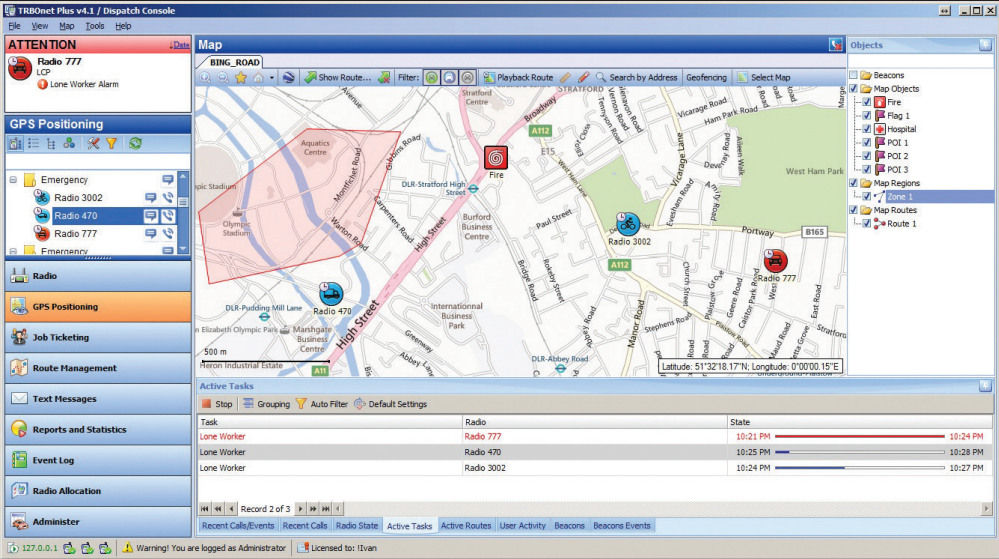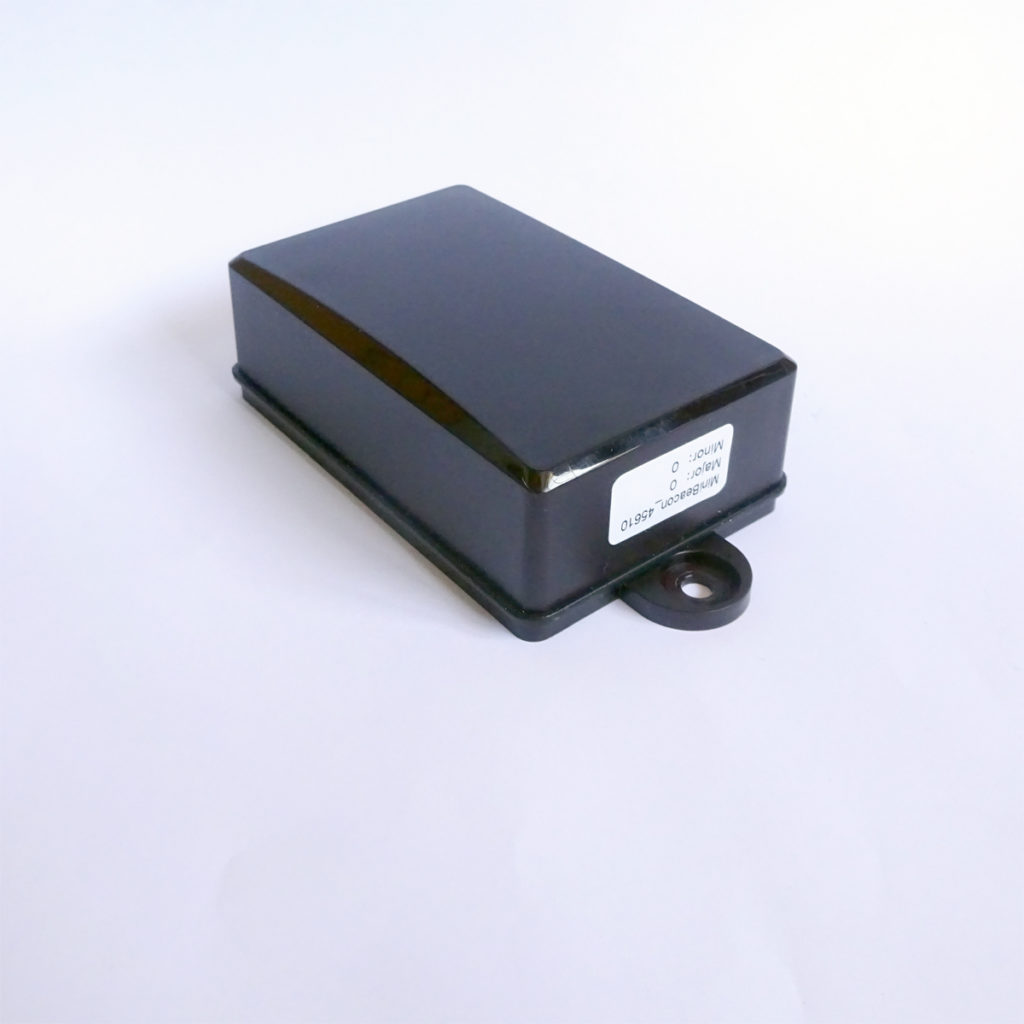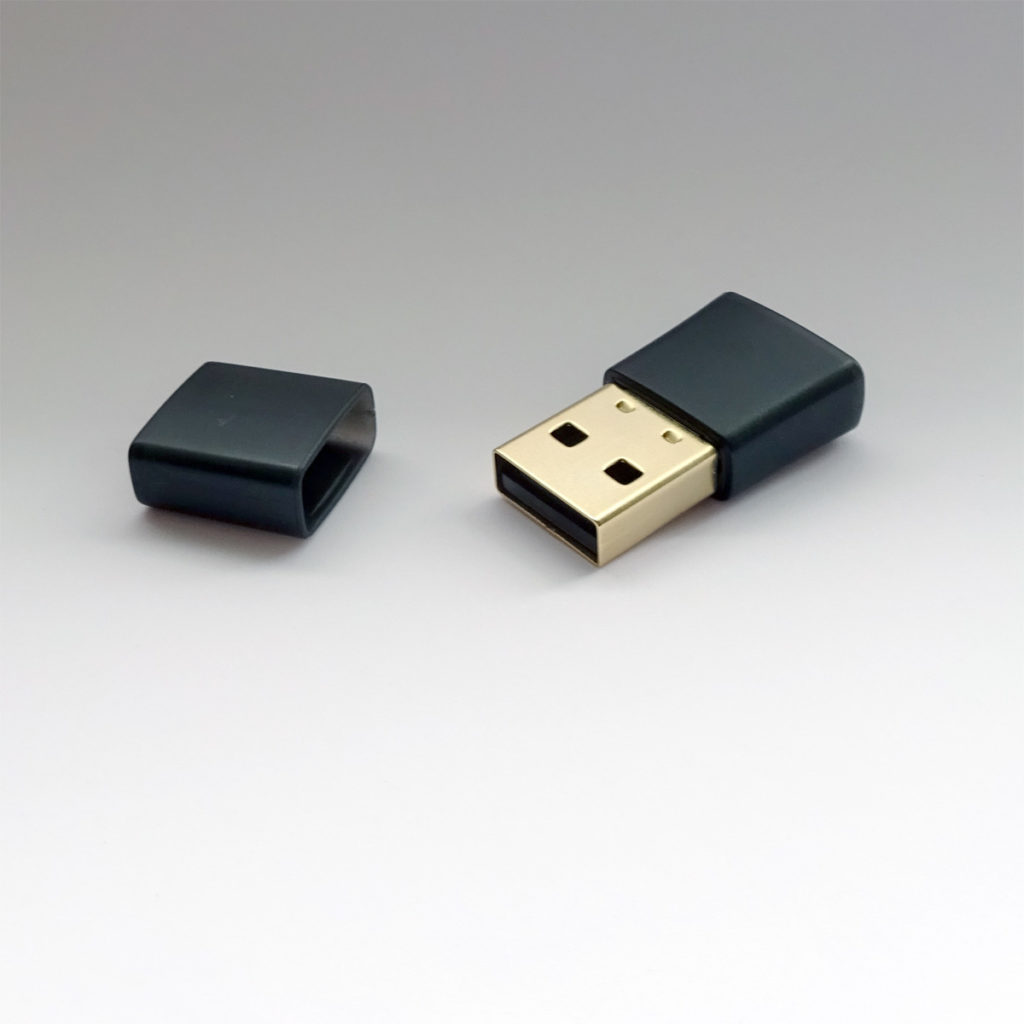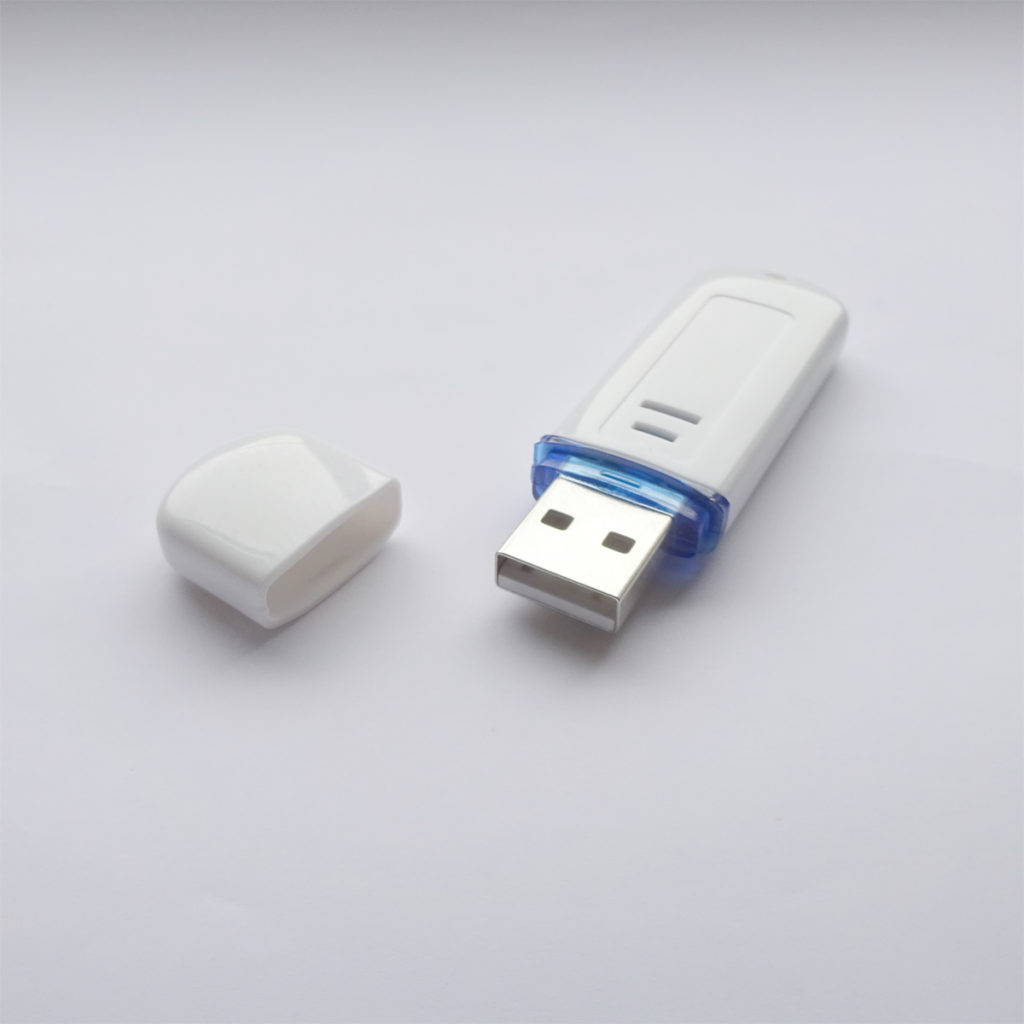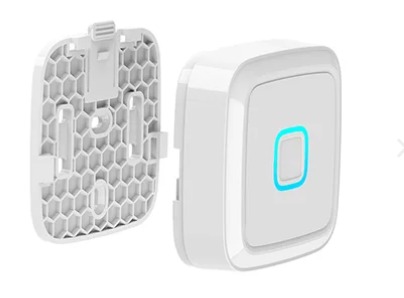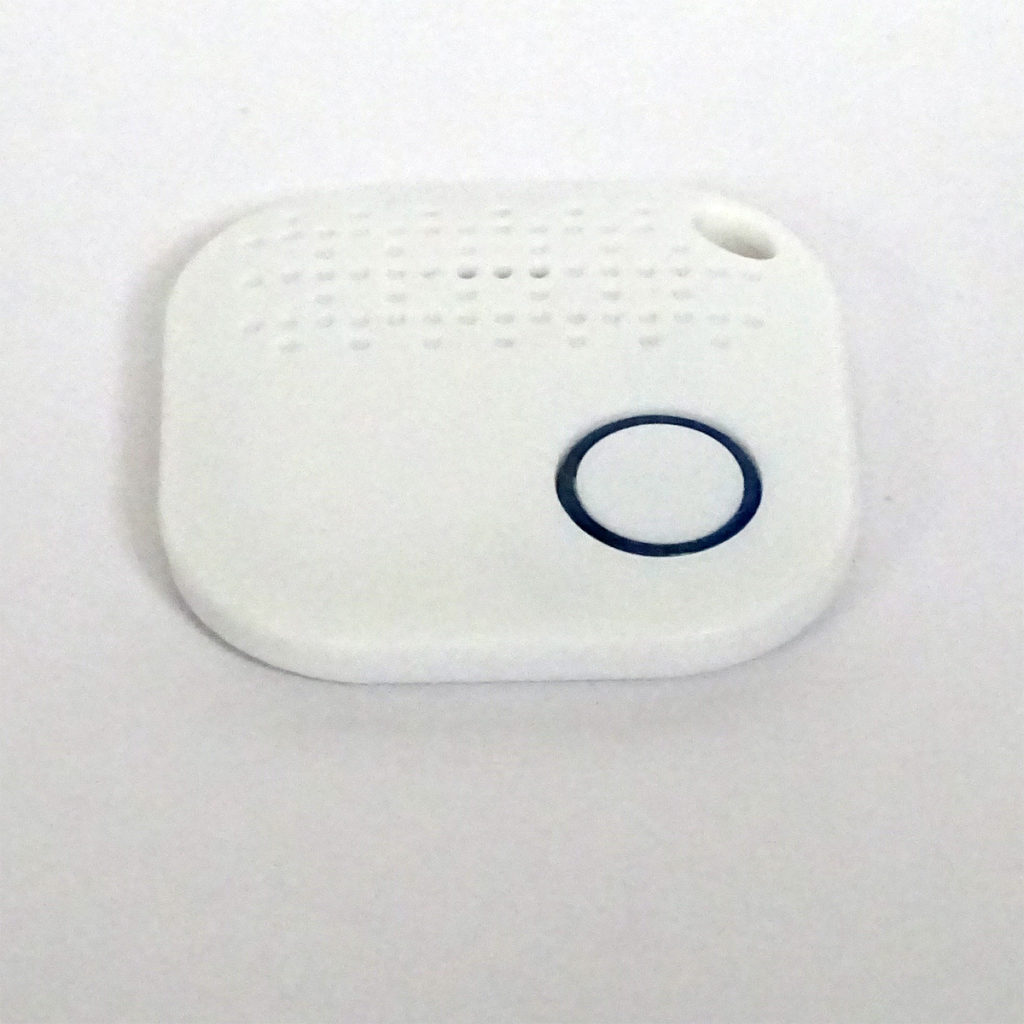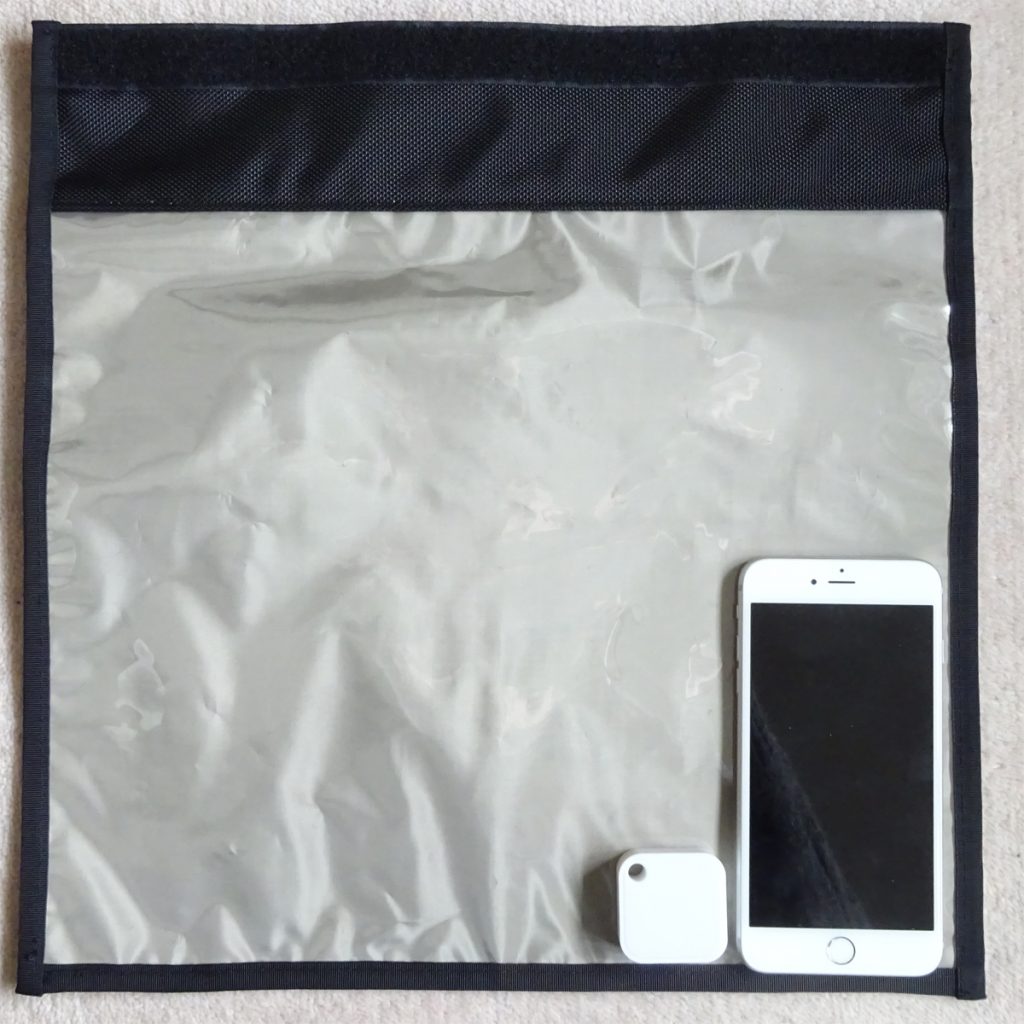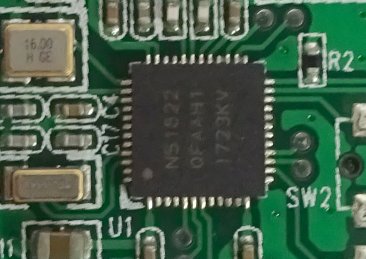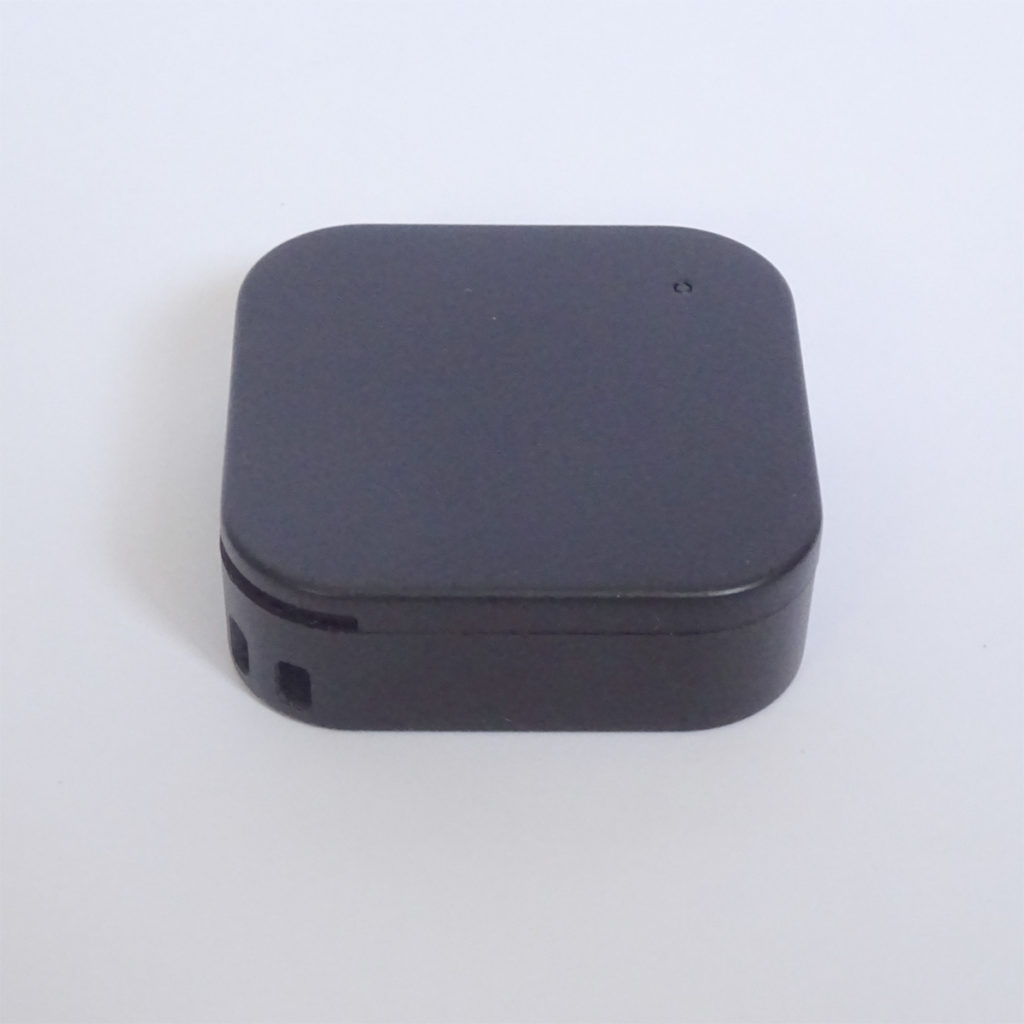A Bluetooth–Wi-Fi gateway is a device that links Bluetooth devices to a Wi-Fi network. It enables Bluetooth equipment such as sensors, beacons and other IoT devices to communicate over Wi-Fi and exchange data with other devices on the local network, with remote servers or with cloud services.
These gateways contain both Bluetooth and Wi-Fi radios and act as a bridge between the two technologies. They are widely used in Internet of Things (IoT) applications, where they provide a simple way to bring a wide range of Bluetooth devices onto an existing Wi-Fi network so they can interoperate and share data.
Configuration is typically carried out through web pages hosted on the gateway itself. From these pages you can configure the Wi-Fi access point that the gateway connects to, specify the destination server (often using protocols such as HTTP or MQTT) and define which Bluetooth devices are permitted to have their data relayed. The configuration usually includes filtering options, allowing you to manage data sources based on Bluetooth advertising data and/or Bluetooth MAC address. Power for the gateway is generally supplied via a USB connection, which is used purely for power and not for data transfer.
In addition to Wi-Fi models, there are also gateways that connect to the network via Ethernet rather than wireless connectivity, providing a wired alternative for more throughput or better reliability.
